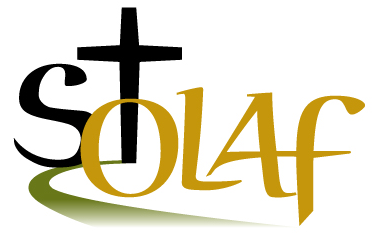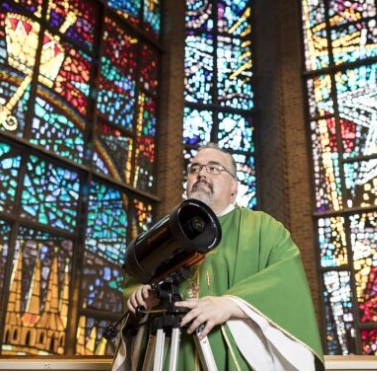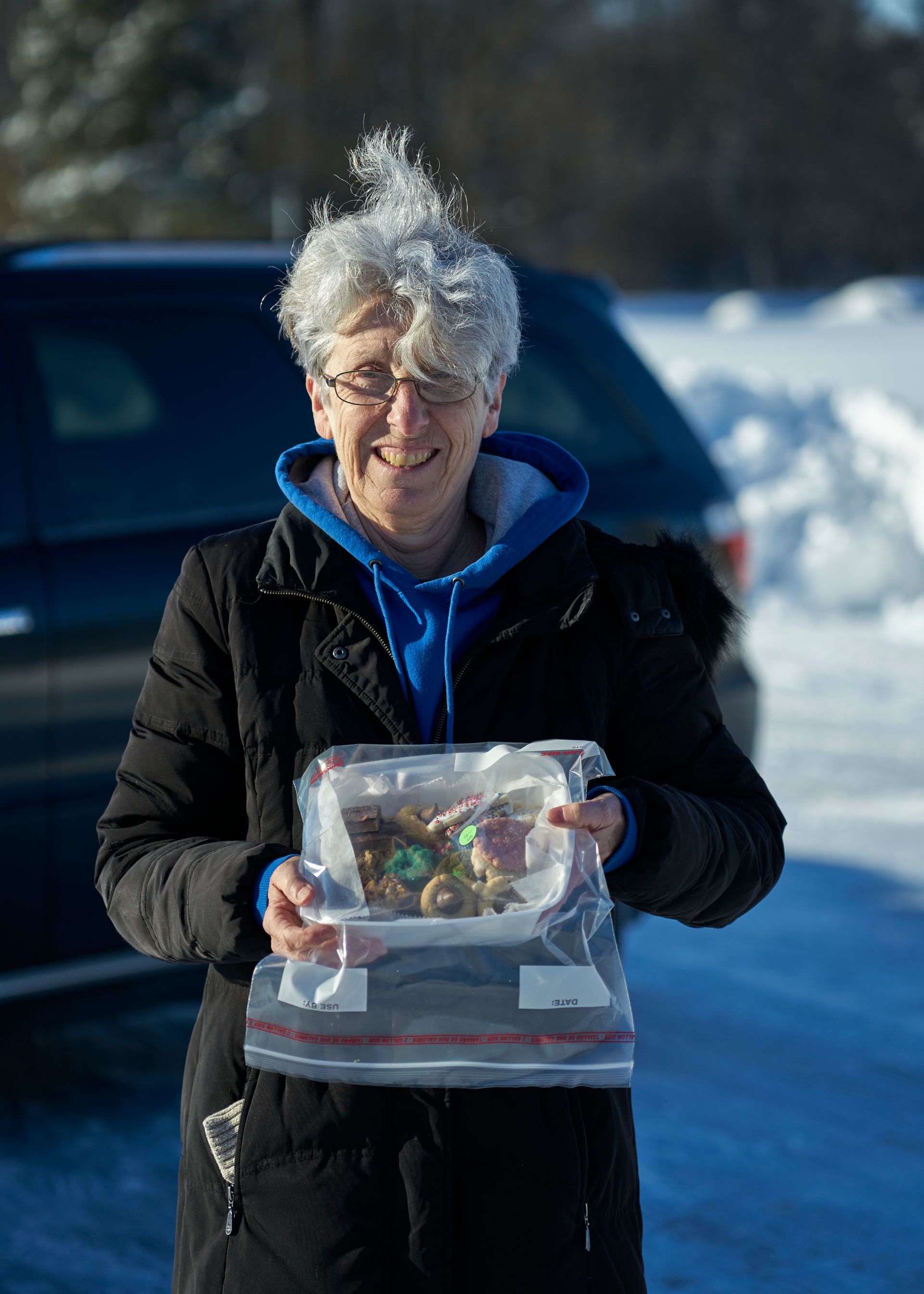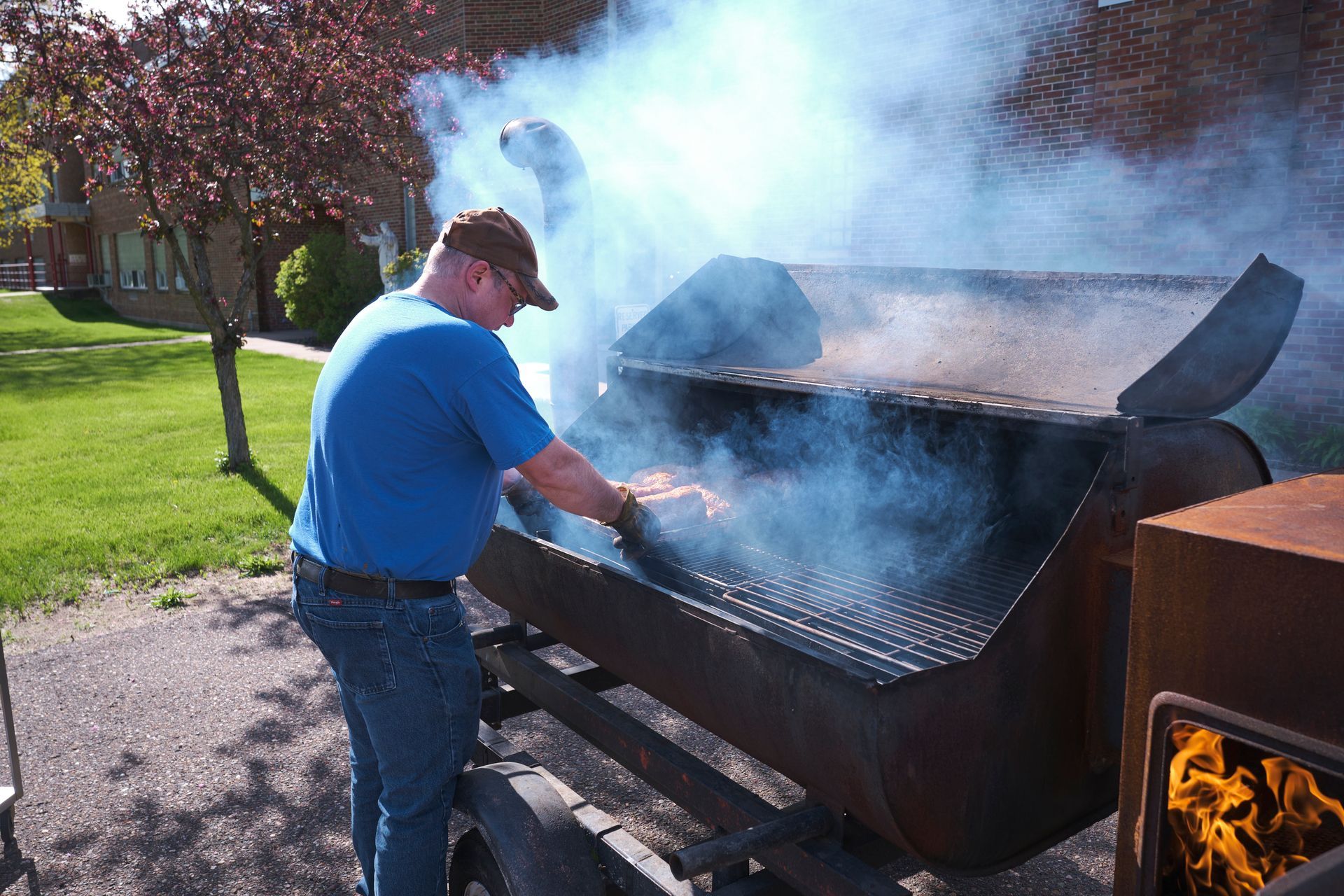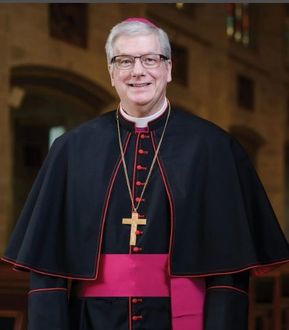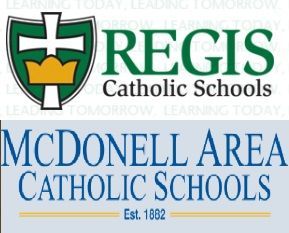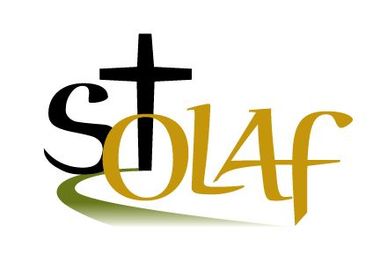Welcome to St. Olaf Parish
MASS TIMES
Tuesday-Friday - 8:30am
Saturday - 5:00pm
Sunday - 8:30am & 10:30am
CONFESSION
Saturdays: 4:15 – 4:45 PM
or by appointment with Pastor.
A message from
Father James
On behalf of Saint Olaf’s parishioners and staff, I welcome you home! A parish is many things to many people, but first and foremost it is our spiritual home, our family of faith in which we journey together with Jesus Christ and one another. St. Olaf’s is a vibrant, active community on the north side of Eau Claire that has a long tradition of being a close knit family of faith and service!

We are bringing the St. Olaf ‘My Parish App’ back.
This is a quick and easy way to find:
- Daily mass readings
- Prayers
- Fr. James’ homilies
- Information about upcoming events
- Changes in schedules
and much more.
To add to your smart phone (iOS or Android), text the word ‘App’ to 55321
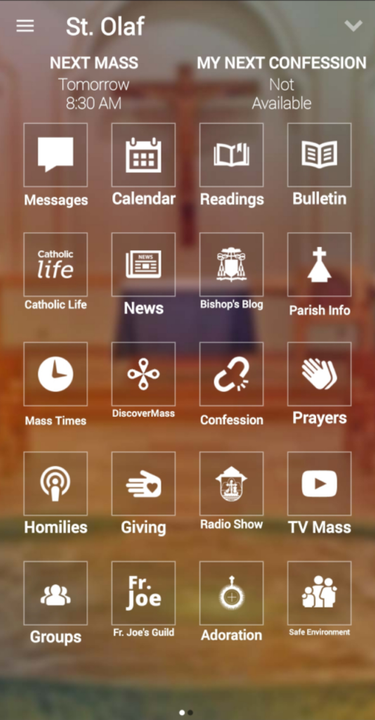

Follow the Diocese of La Crosse on Facebook!!
Come Join Us
29
30
1
9am Eucharistic Adoration (Chapel)
2
3
4
5
6
7
8
9
10
11
12
13
14
15
16
17
18
All Souls Day Recognition Mass
19
20
21
22
6pm Religious Ed- Service Night for 9/10
23
24
25
26
27
28
29
30
31
1
2
"Transformation into becoming Christ-like is the greatest lesson we can learn in Catholic Schools." Bishop Battersby
St. Olaf Parish is a proud supporter and partner with Regis Catholic Schools in Eau Claire, Wisconsin.
We also have parishioners who participate in McDonell Catholic Schools in Chippewa Falls.
Learn more about Catholic Education in the Chippewa Valley!
Protect and Heal
Ensuring the safety and well-being of our community is a top priority at St. Olaf Catholic Church. We are committed to providing a safe, secure, and respectful space for all members, especially the most vulnerable among us. For more information on the Safe Environment Program for the Diocese of La Crosse, to report an incident, or receive safe environment training as a parish volunteer or Staff Member, follow the link below.
